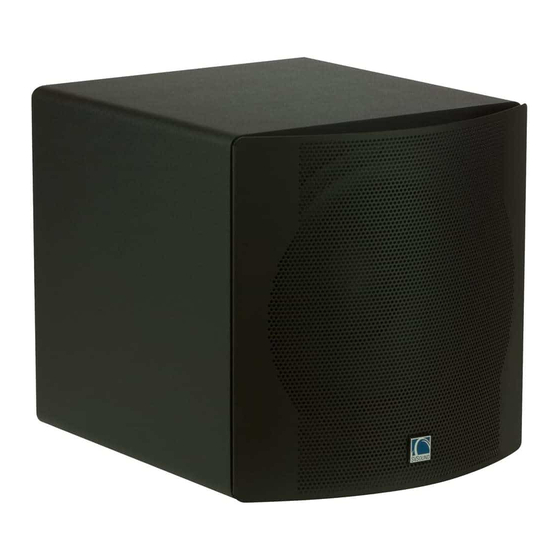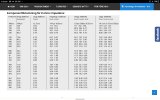DanielT
Major Contributor
What do you think, or do you have to say about this?
I have measured, and measured again with my (cheap) multimeter. One driver shows 5.6 Ohm and the other driver 6 Ohm. Measurements taken directly on the contacts of the compression drivers. Okay, there's some solder left, but here's what it looks like and sorry for the blurry picture, not easy to measure and take a picture at the same time. :
:

This is what the manufacturer states:

Edit:
Changed title of the thread, see attached picture.
I have measured, and measured again with my (cheap) multimeter. One driver shows 5.6 Ohm and the other driver 6 Ohm. Measurements taken directly on the contacts of the compression drivers. Okay, there's some solder left, but here's what it looks like and sorry for the blurry picture, not easy to measure and take a picture at the same time.
This is what the manufacturer states:
Edit:
Changed title of the thread, see attached picture.
Attachments
Last edited:



